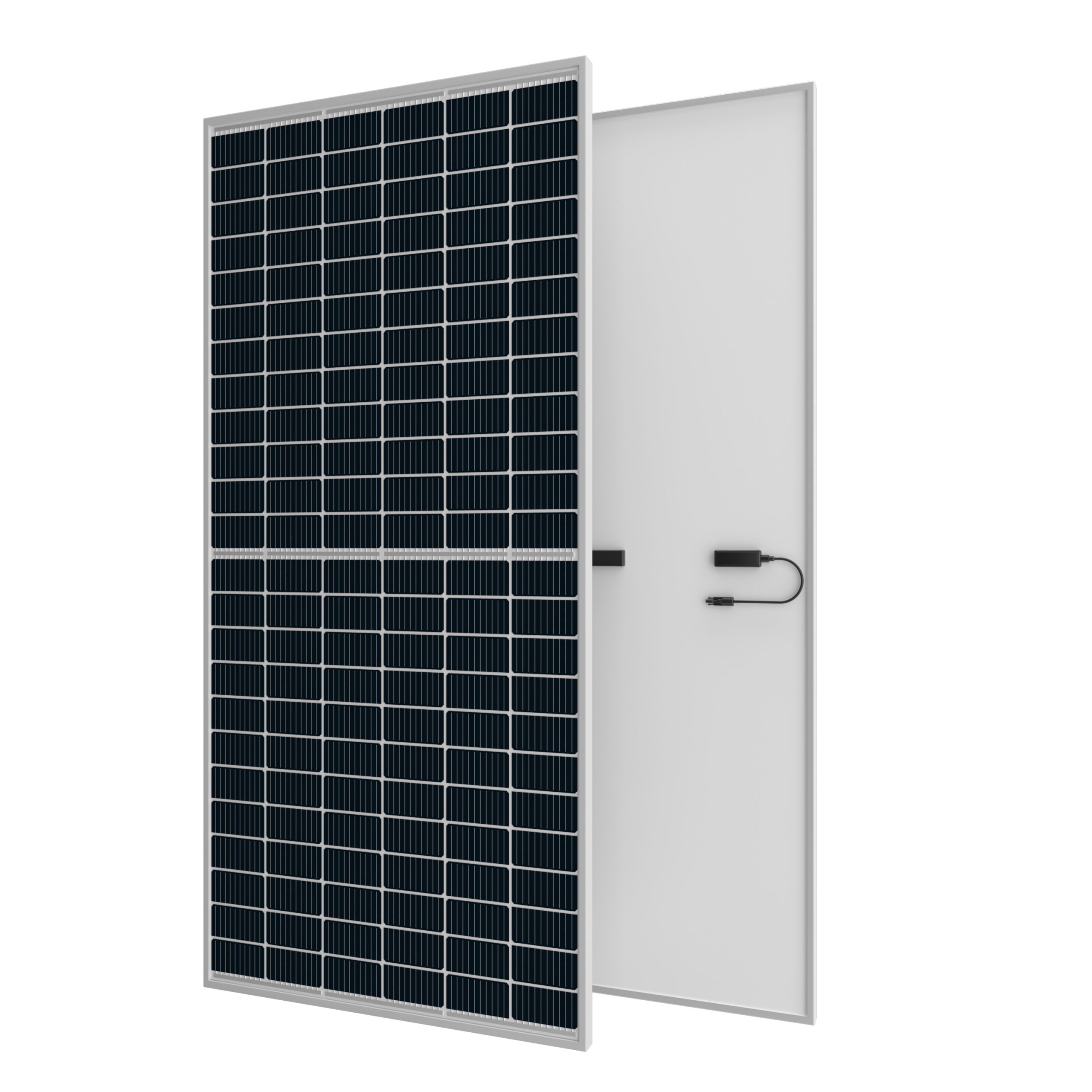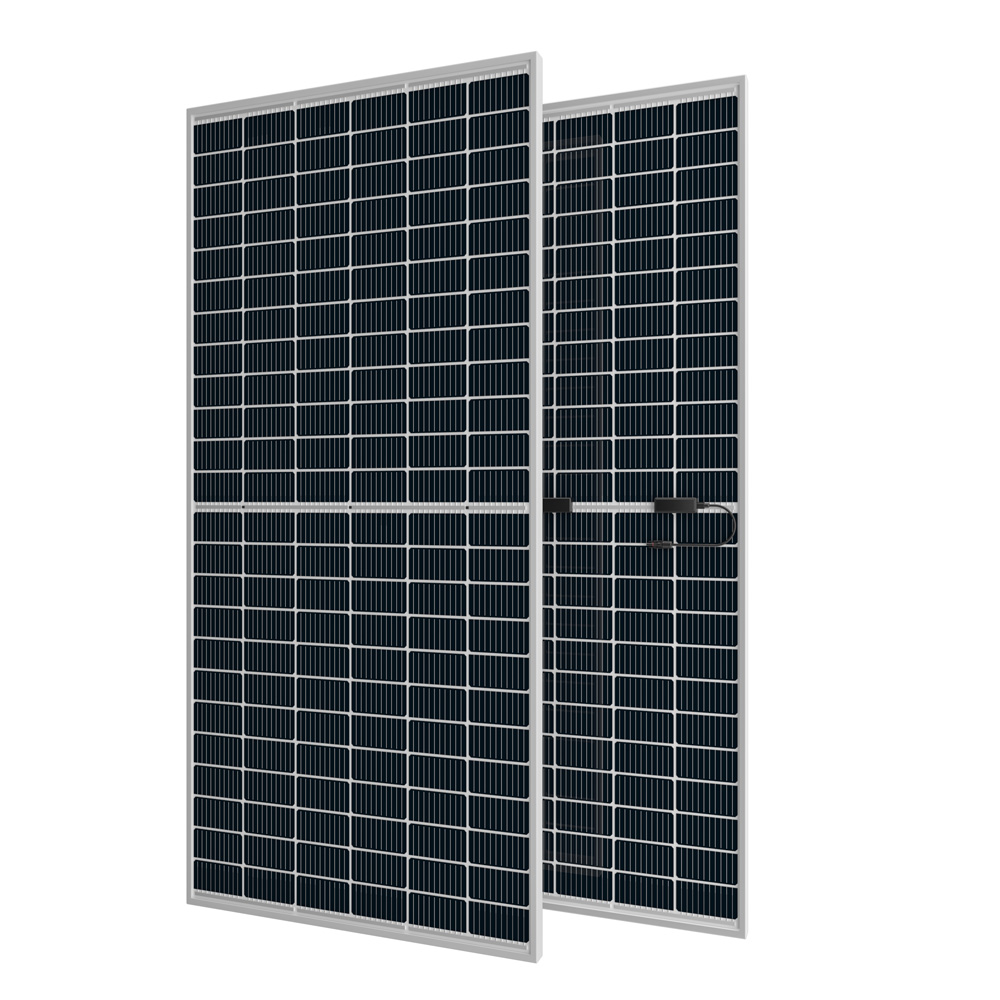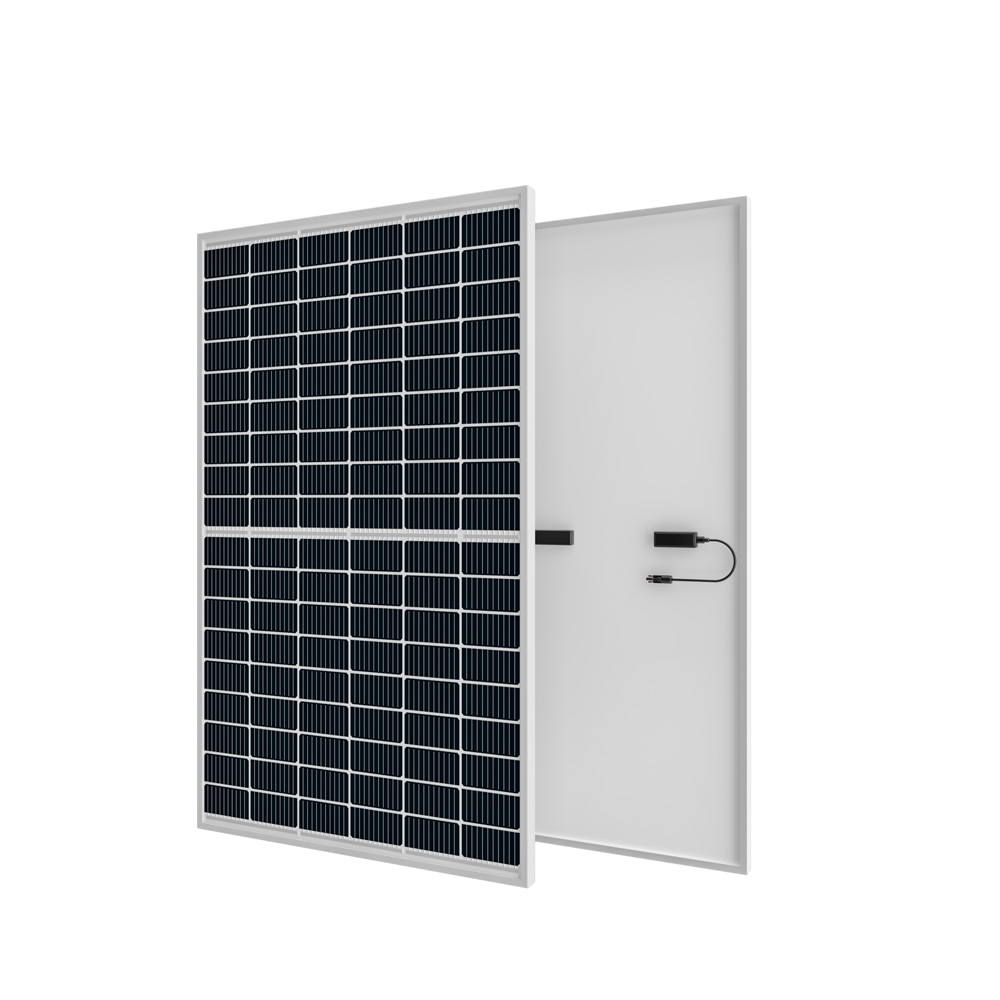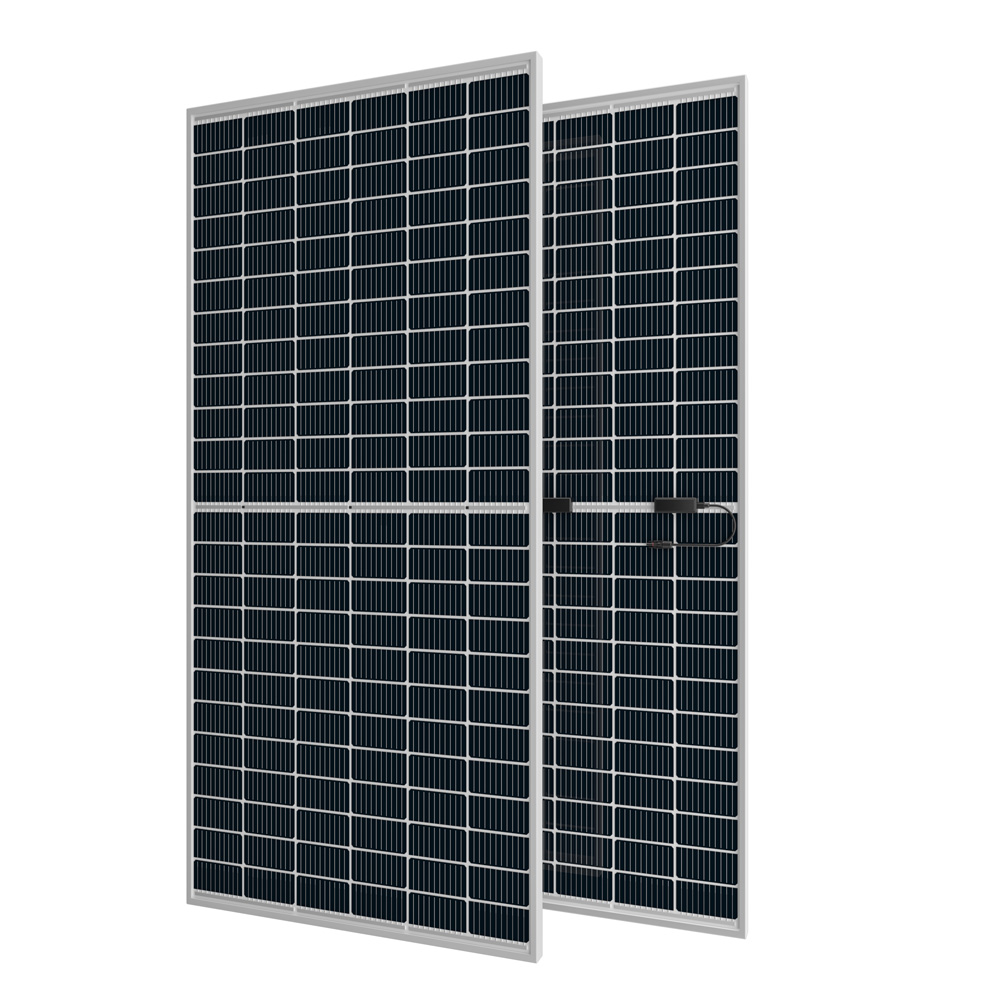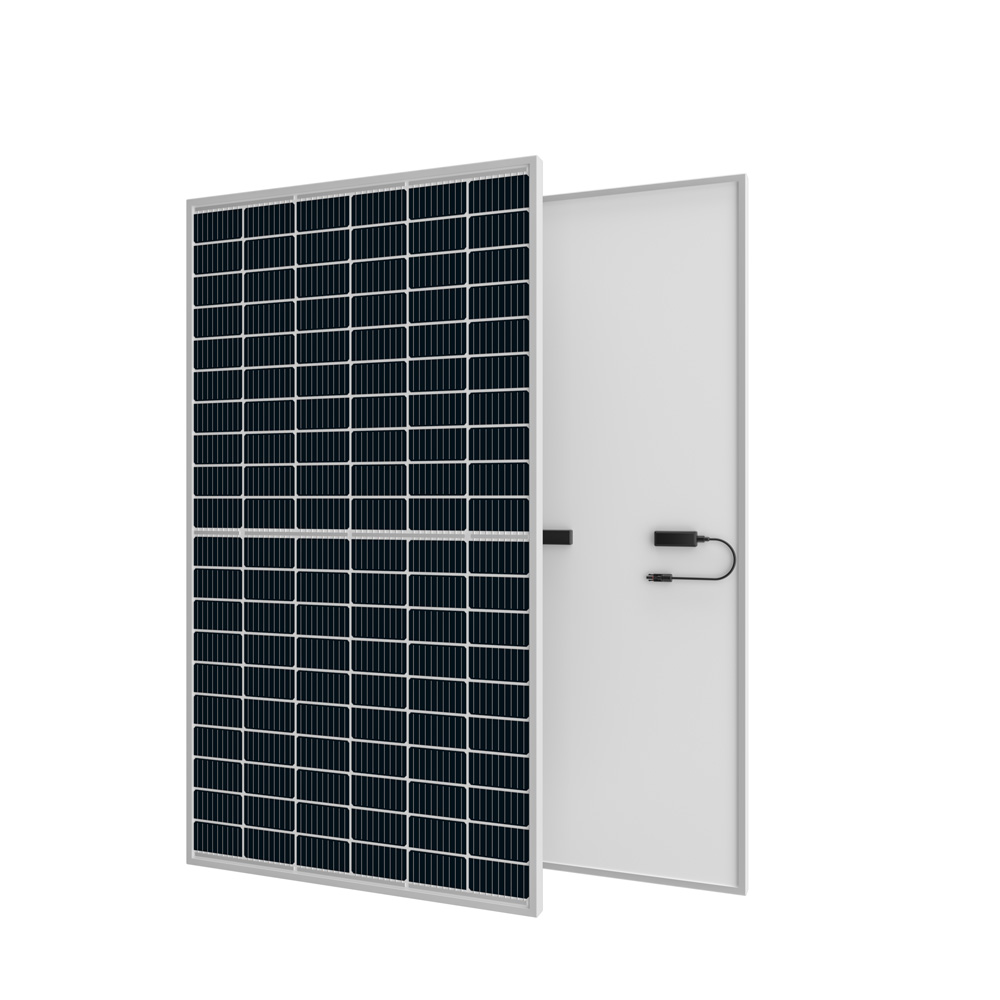Showing 1 of 5 results
Solar panels
Solar cells, also known as "solar chips" or "photovoltaic cells", are thin sheets of photovoltaic semiconductors that use sunlight to generate electricity. A single solar cell cannot be used directly as a power source. To be used as a power source, a number of individual solar cells must be connected in series or parallel and tightly packaged into modules.
Solar panels, which are assembled from multiple solar cells, are the core part of a solar power system and the most important part of a solar power system.
Crystalline silicon materials (including polysilicon and monocrystalline silicon) are the most important photovoltaic materials, with a market share of over 90%, and will remain the mainstream material for solar cells for a considerable period of time in the future.
When sunlight shines on a semiconductor p-n junction, a new hole-electron pair is formed, and under the action of the electric field of the p-n junction, holes flow from the p-zone to the n-zone and electrons flow from the n-zone to the p-zone, forming an electric current when the circuit is connected. This is the working principle of the photoelectric effect solar cell.

